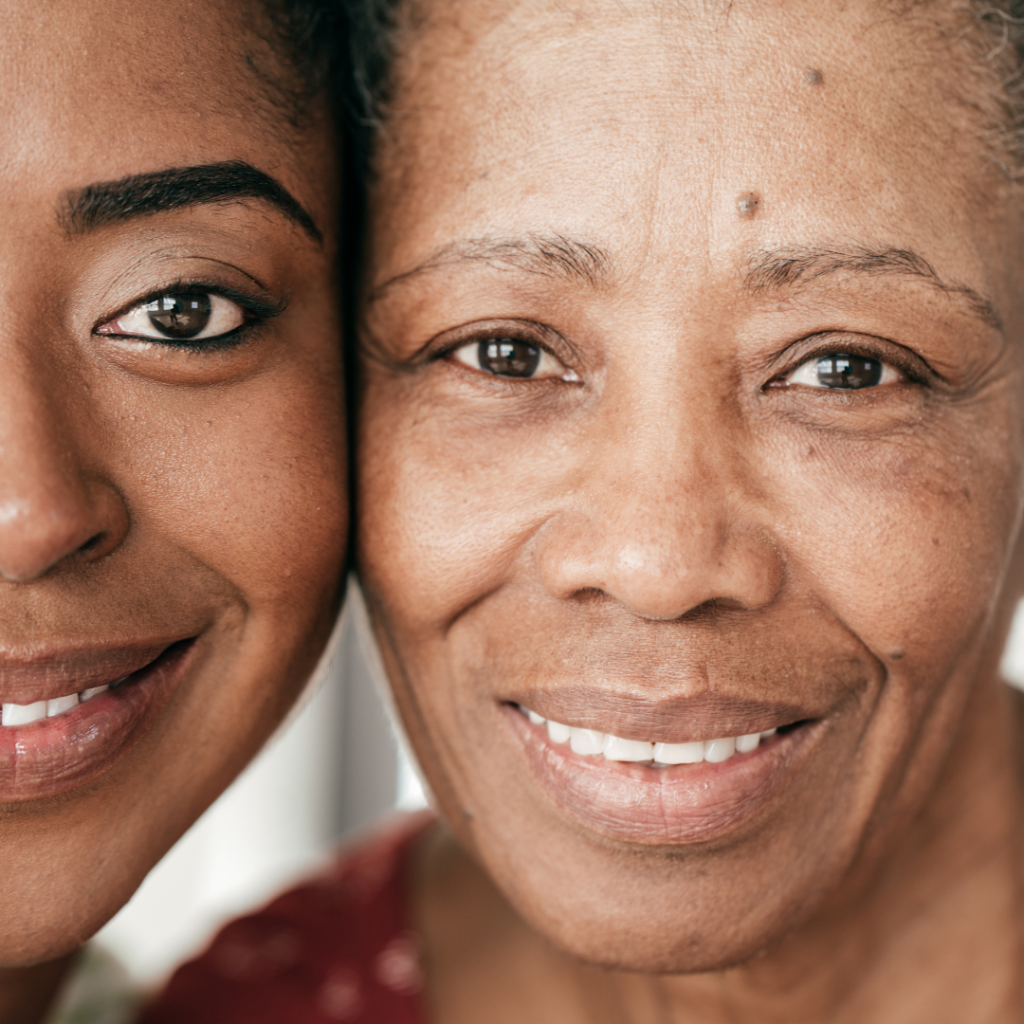
As we age, sun, harsh weather, and unhealthy habits are just a few of the factors that can damage our skin. But there are things we can do to keep our skin appearing young and supple.
How your skin ages will depend on a variety of factors: your lifestyle, nutrition, genes, and other personal habits. For instance, smoking can develop free radicals, once-healthy oxygen molecules that are now hyperactive and unstable. Free radicals harm cells, which can result in premature wrinkles, among other things.
There are other reasons, too. Normal aging, exposure to the sun (photoaging), pollution, and loss of subcutaneous support are the main causes of wrinkled, discolored skin. Additional variables that contribute to the aging of the skin include stress, gravity, everyday facial movement, obesity, and even sleep posture.
What Kind of Skin Changes Come With Age?
Some changes come about naturally as we age:
- Skin gets grittier.
- Skin can develop benign tumors and other abnormalities.
- Skin stretches out. The skin hangs loosely as a result of the loss of elastic tissue with age.
- The transparency of the skin increases. The epidermis is thinning, which is the source of this.
- Skin ages more delicately. This is produced by a flattening of the area where the epidermis and dermis come together.
- Bruises are more likely to occur on the skin. Blood vessel walls are thinner as a result.
What Are Some Other Skin Changes?
The secondary influencing variables that affect the skin include gravity, face movement, and sleeping position. Gravity results in drooping eyebrows and eyelids, looseness and fullness under the cheeks and jaw, and longer ear lobes when the skin loses its elasticity.
Once the skin begins to lose its suppleness, facial movement lines become more obvious. Lines can show up as fine, curving lines on the temples, upper cheekbones, and areas surrounding the lips, as well as horizontal or vertical lines on the skin above the nose’s root.
The way the head rests on the pillow causes sleep creases, which may become more obvious when the skin begins to lose its flexibility. The middle of the cheeks and the side of the forehead, between the hairline and the temples, are two popular places for sleep creases to appear. These sleep creases could be less noticeable or prevented from getting worse by sleeping on your back.
Compared to non-smokers of the same age, complexion, and history of sun exposure, smokers typically have more wrinkles. Itching and dry skin are typical in later life. Due to the dry indoor air caused by overheated buildings, “winter itch” affects about 85% of older people. Age-related oil gland depletion could make dry skin worse. The issue will become worse with anything that dries the skin even more. See a doctor if your skin is extremely dry and itchy, as this condition can disrupt your sleep, make you irritable, or be a sign of a medical illness. Certain medications exacerbate the itching.

